Facing the seaside in Kobe, the Hyogo Prefectural Museum of Art is the most prominent building on the waterfront. Layers of cascading concrete may initially give a sense of sternness, but the structure also appears durable and stable. On the ocean side, it is built on a raised platform; on its entrance side, it sits at street level. The distant Rokko Mountains and nearby seaside warehouses blend nature and industry, offering a remarkable view from this cultural public space.
The museum was conceived as part of Kobe’s recovery from the devastating 1995 Great Hanshin-Awaji Earthquake. Designed by the prolific Japanese architect Tadao Ando, the building’s defining feature is concrete—a material Ando frequently employs for its simplicity. Despite its heavy use, the interior feels soothing and expansive.
Through Ando’s approach, visitors experience a play of shadows and light, internal courtyards bathed in daylight, and striking, form-defining staircases. Staircases in the Hyogo Prefectural Museum of Art serve both a functional and experiential role. Visitors are guided on a deliberate path that encourages them to slow down and engage with their surroundings. Light filters through carefully positioned openings in the concrete, creating an interplay of shadows that shifts as one ascends or descends. These staircases are not hidden but boldly placed, almost sculptural in presence—a hallmark of Ando’s work, evident in buildings like the Chichu Art Museum in Naoshima and the Pulitzer Arts Foundation in St. Louis.
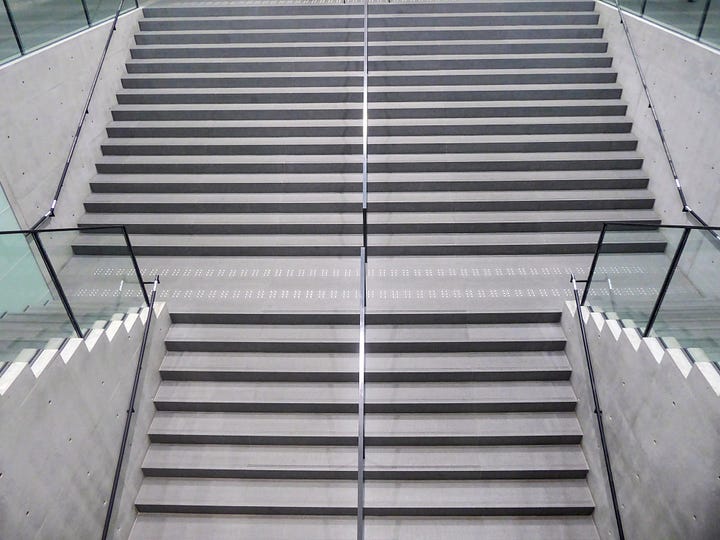
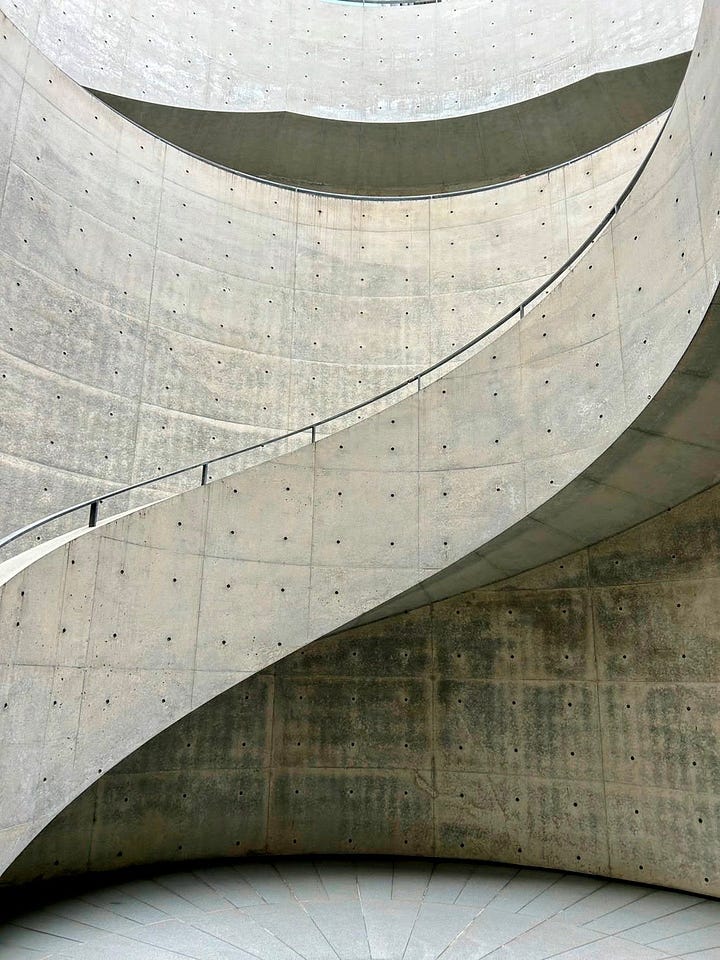
Ando’s precision and insight in shaping spaces can be traced back to his early life. Born in Osaka in 1941, he and his twin brother were raised by their grandparents. As a child, Ando was fascinated by a craftsman who built a second floor onto their tenement house. He recalls how the craftsman would pause to reflect on the beauty of light entering the room, working with deep concentration and passion. This experience awakened Ando to the imaginative power of humans and the importance of enjoying one’s work. Despite coming from a poor background and struggling academically—making university inaccessible—he aspired to become an architect.
Initially pursuing a career as an amateur boxer, Ando remained captivated by architecture. In his early twenties, he traveled across Japan and was deeply moved by Kenzo Tange’s works, such as the Kagawa Prefectural Hall. On his trip to Europe and the U.S., he came into close contact with ancient masterpieces like the Pantheon and modernist icons such as Le Corbusier and Frank Lloyd Wright. Upon returning to Japan, he opened his own architectural office in Osaka, borrowed books from an acquaintance in Kyoto, studied diligently, and passed a competitive exam to qualify as an architect.
Known for his engaging and charismatic personality, Ando often jokes that while some of his staff—graduates from top universities like the University of Tokyo—had to sit the licensing exam for architects multiple times, he, despite lacking a university education, passed on his first attempt. Diagnosed with cancer, he now lives without several of his internal organs, yet he continues to work tirelessly, adding to his vast repertoire. His recent projects include the redesign of the Bourse de Commerce in Paris.
In his seminal essay, Towards New Horizons in Architecture, Ando articulates his architectural vision:
The architectural pursuit implies a responsibility to find and draw out a site's formal characteristics, along with its cultural traditions, climate, and natural environmental features, the city structure that forms its backdrop, and the living patterns and age-old customs that people will carry into the future.
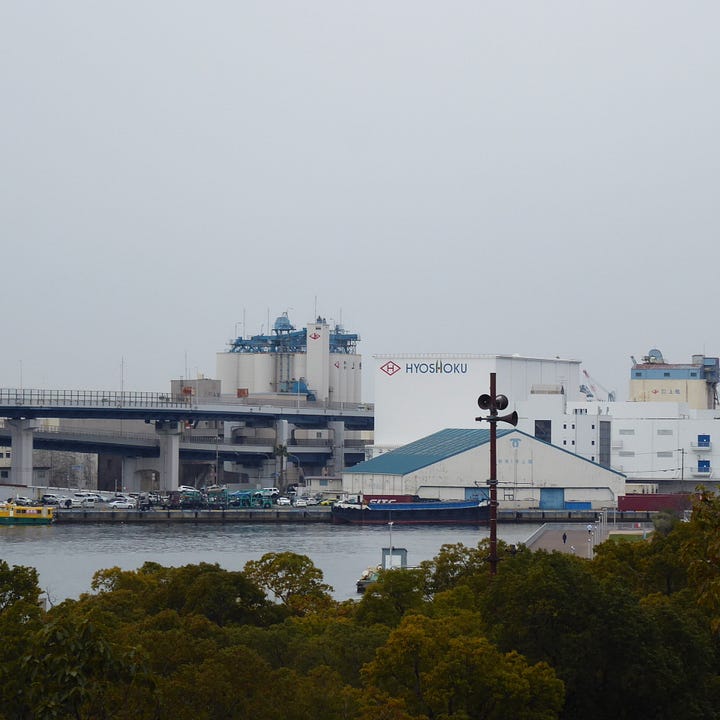
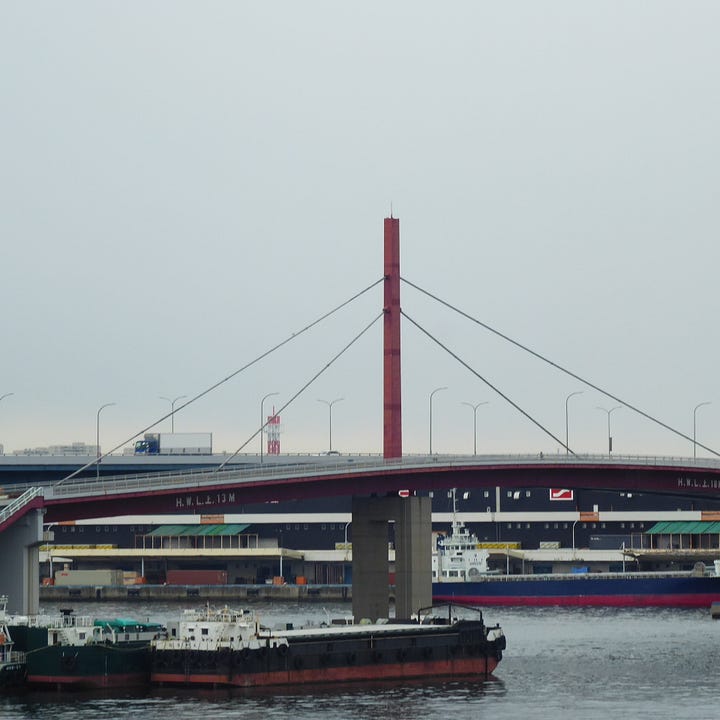
The Hyogo Prefectural Museum of Art, with its open courtyards, inviting staircases, and sweeping views, embodies these principles. It is designed to be a place where people come together, engaging with both nature and art—a space where architecture and artistic expression harmoniously coexist. The museum also features an Ando Gallery, offering insight into his creative process through models and drawings that illuminate his architectural approach. Whether you are an admirer of Tadao Ando, a lover of architecture and art, or simply seeking a beautifully designed space that embraces nature, the Hyogo Prefectural Museum of Art has something for everyone.
References
Ando, Tadao. “Toward New Horizons in Architecture.” MoMA, no. 9, 1991, pp. 9–11. JSTOR, http://www.jstor.org/stable/4381165.
https://hash-casa.com/2022/11/28/hyogoprefecturalmuseumofart/
https://goetheweb.jp/person/article/20221029-2face-tadao-ando-2
https://www.theartnewspaper.com/2023/06/23/tadao-ando-museum-design-interview
https://www.pinaultcollection.com/fr/boursedecommerce
MBS Podcast: 2022 Interview with Tadao Ando
Note: a fascinating interview (in Japanese) with Tadao Ando himself, where you can hear his strong Kansai dialect, and enjoy his sense of humor which can sometimes get dark but is still endearing





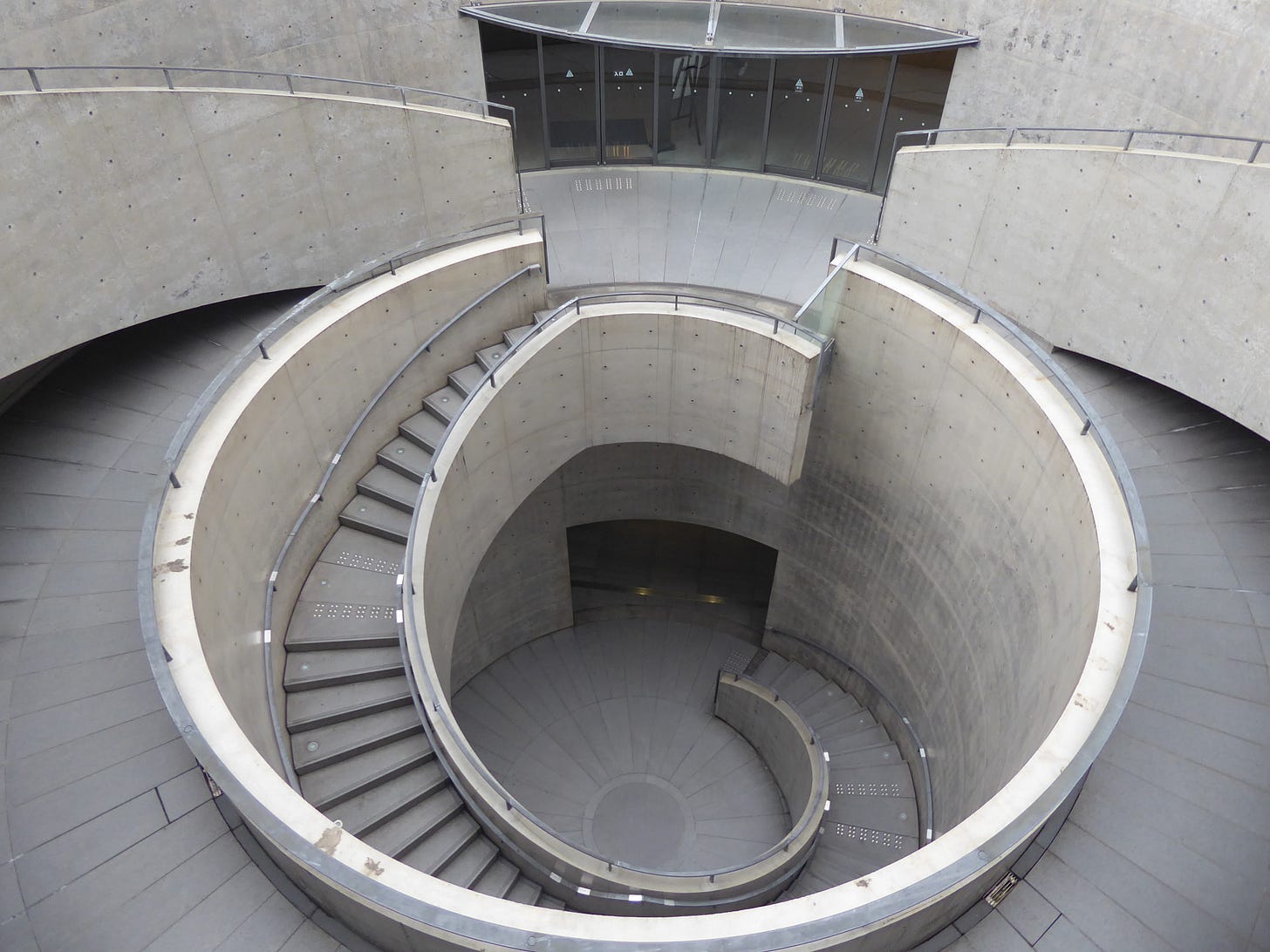
I really enjoyed learning more about Tadao Ando, thank you.